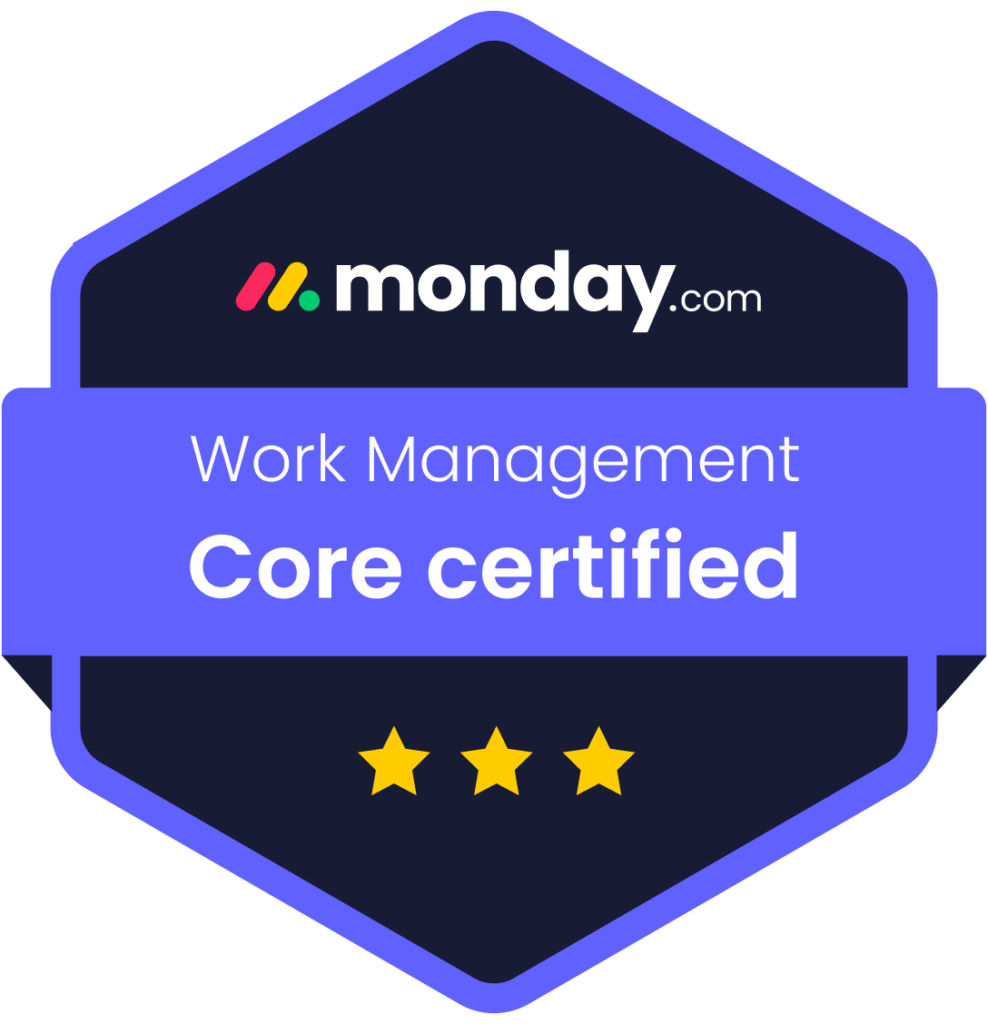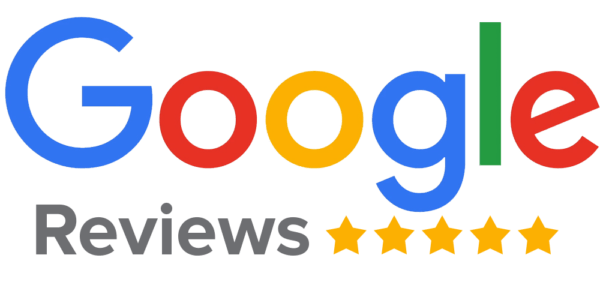When it comes to digital marketing, traffic is only half the battle. The real win is turning that traffic into paying customers—and that’s where the combined power of SEO and Remarketing shines. These two strategies, when integrated effectively, can create a seamless journey that moves users from casual browsers to committed buyers.
On their own, SEO and remarketing are strong. But together, they form a conversion-driving machine that can lower acquisition costs, boost brand awareness, and significantly increase return on investment.
In this guide, we’ll show you how to harness both strategies to drive meaningful growth for your business.
What Is SEO?
Search Engine Optimization (SEO) is the process of optimizing your website and content to rank higher in search engine results. The goal? To attract high-intent, organic traffic from people already looking for your products or services.
With a well-implemented SEO strategy, your business appears on the first page of Google when users search relevant keywords like:
- “Best CRM software for small businesses”
- “Custom home builder in ”
- “Affordable craft beer subscription”
SEO builds trust, increases visibility, and delivers long-term traffic without relying on paid ads.
What Is Remarketing?
Remarketing (also called retargeting) is a strategy that allows you to re-engage users who have previously interacted with your website but didn’t convert. These users might have:
- Visited your product or pricing pages
- Read a blog post
- Abandoned their shopping cart
Remarketing tools like Google Ads, Facebook Ads, or LinkedIn allow you to serve tailored ads to these audiences as they browse other websites or scroll through social media. The goal? Stay top of mind and bring them back to complete their purchase or fill out a lead form.
Why SEO and Remarketing Work So Well Together
1. SEO Drives Warm Traffic
Unlike cold ads that interrupt users, SEO brings in people already searching for what you offer. This organic traffic is high-intent. However, not every visitor converts on their first visit.
That’s where remarketing in digital marketing steps in—capturing those warm leads and giving them multiple chances to convert.
2. Remarketing Increases Conversion Rates
Studies show that remarketing can increase conversion rates by up to 70%. Why? Because it addresses common user behaviors:
- Visitors compare competitors
- They get distracted before finishing checkout
- They want to learn more before committing
Your remarketing ads remind them of your value and give them a reason to return.
3. Reduced Cost Per Acquisition (CPA)
SEO offers free traffic. Remarketing offers lower ad costs compared to cold prospecting. By combining both, you significantly reduce your CPA—maximizing your marketing budget while increasing ROI.
4. Brand Recall and Trust
It often takes 6–8 touchpoints before a customer converts. With SEO building trust through valuable content and remarketing reinforcing your message across the web, you create a consistent, reliable brand presence.
How to Combine SEO and Remarketing for Maximum Impact
Step 1: Build an SEO Foundation That Attracts the Right Traffic
Start by optimizing your website for the keywords your ideal customer is searching for. This includes:
- Keyword-optimized blog posts
- SEO-friendly service or product pages
- Fast, mobile-optimized website performance
- Clean technical SEO structure
Use tools like Google Search Console and SEMrush to track keyword rankings and identify opportunities.
Step 2: Create Conversion-Ready Pages
It’s not enough to get traffic. Your pages must be designed to convert:
- Clear CTAs (calls to action)
- Strong headlines and persuasive copy
- Social proof (testimonials, reviews)
- Lead capture forms or product demos
This ensures your SEO traffic is primed for remarketing.
Step 3: Set Up Audience Segmentation for Remarketing
Use platforms like Google Ads and Facebook Pixel to track visitor behavior. Segment your audiences based on their actions, such as:
- Viewed a specific product page
- Read a blog post
- Stayed on the site longer than 30 seconds
- Abandoned cart or lead form
These segments allow for personalized remarketing campaigns.
Step 4: Launch Highly Relevant Remarketing Ads
Your remarketing ads should match the user’s behavior. Examples:
- If they viewed a service page, show them testimonials or a limited-time discount.
- If they read a blog, promote a related guide or downloadable PDF.
- If they abandoned cart, remind them of the item with urgency messaging.
Use dynamic creative ads when possible to increase engagement.
Step 5: A/B Test and Optimize
Monitor your campaigns and continually refine your ads based on:
- Click-through rate (CTR)
- Conversion rate
- Cost per conversion
- Return on ad spend (ROAS)
Combine these insights with your SEO data to improve landing pages, content, and calls to action.
Advanced Tactics: Using Content and Retargeting Together
Blog Content for Top-of-Funnel SEO
Publish blog posts that rank for common questions in your niche. Then, retarget readers with:
- Lead magnets (eBooks, webinars)
- Product demos
- Special offers
This creates a full-funnel strategy—from discovery to decision.
Video Content + YouTube Remarketing
Create SEO-optimized YouTube videos and retarget viewers with banner ads or additional video content. This works exceptionally well for B2B and eCommerce brands.
Common Mistakes to Avoid
- No SEO Conversion Tracking: Make sure you’re measuring leads from organic traffic.
- Generic Retargeting Ads: Customize ads based on what users did on your site.
- Overexposure: Don’t show ads too often. Cap frequency to avoid ad fatigue.
- Ignoring Mobile Optimization: Both SEO and ads perform better on mobile-optimized sites.
- Failing to Sync Messaging: Your ads should match your brand voice and landing page content.
Why Skyfield Digital Is Your Best Partner for SEO and Remarketing
At Skyfield Digital, we specialize in integrated marketing strategies that combine SEO and remarketing to deliver measurable growth. We go beyond traffic—we focus on lead quality, user behavior, and long-term conversions.
Here’s what we bring to the table:
- SEO that Targets Buyer Intent: We rank you for the keywords that actually convert.
- Data-Driven Remarketing Campaigns: We build segmented ad strategies that bring users back.
- Conversion Optimization: From content to design, we craft user journeys that lead to sales.
- Transparent Reporting: Know exactly how SEO and remarketing contribute to your ROI.
Whether you’re an eCommerce brand, service provider, or B2B company, we align your digital channels to work better—together.
Final Thoughts: Don’t Choose Between SEO and Remarketing—Use Both
Digital success isn’t about choosing one strategy over another. It’s about stacking the right strategies for maximum impact. SEO gets you found. Remarketing gets you remembered. Together, they drive more conversions with less waste.
If you’re ready to amplify your results with a proven strategy that combines SEO and remarketing, Skyfield Digital is ready to help.













